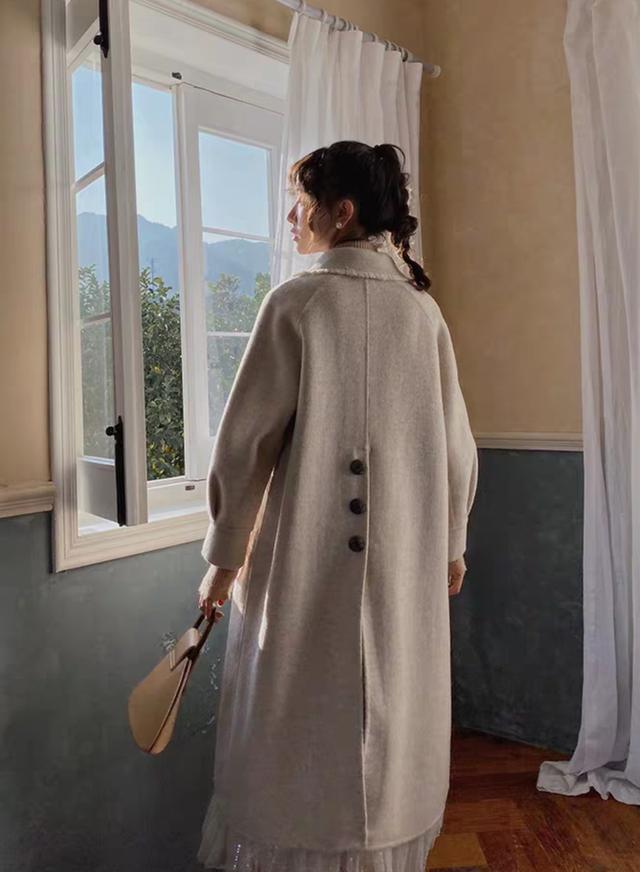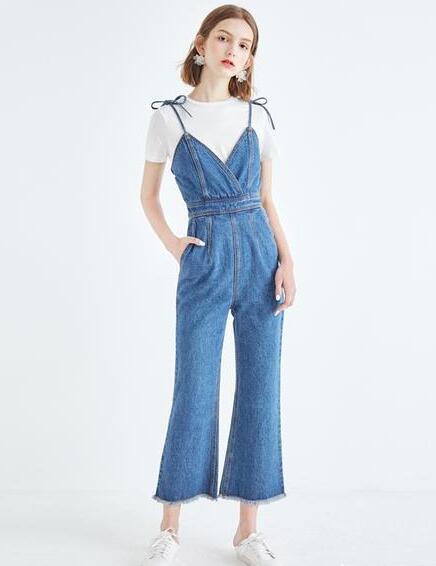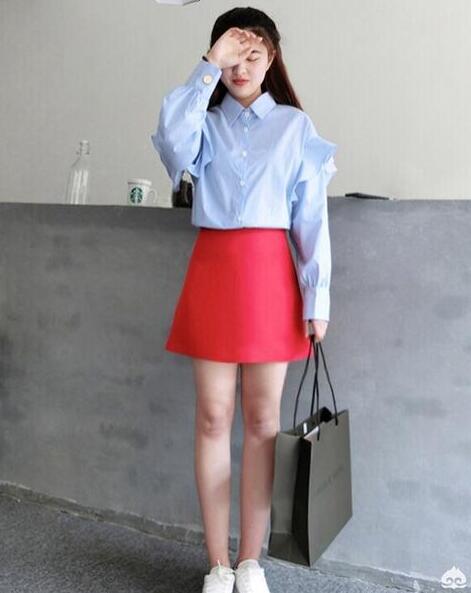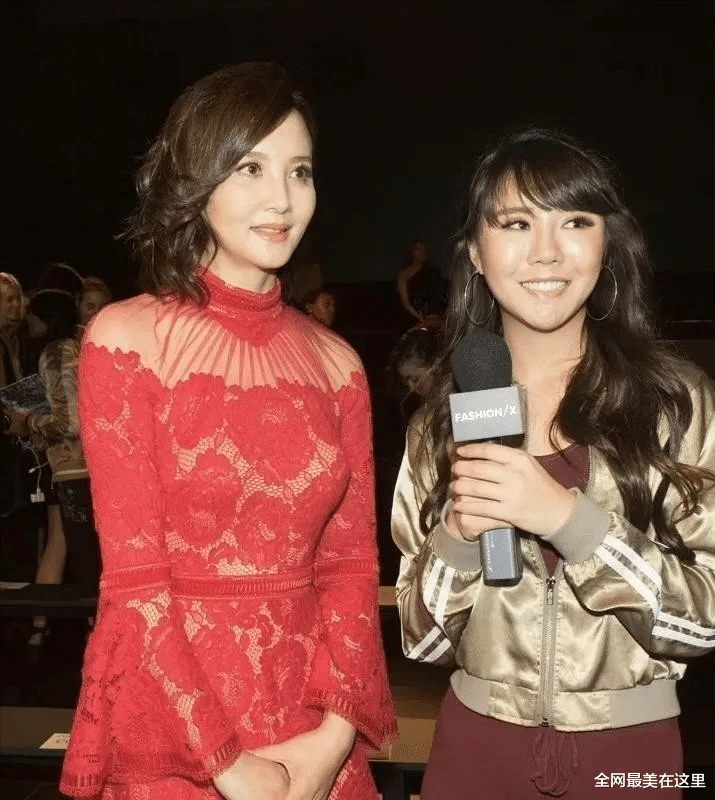您现在的位置是: 首页 - 品牌圈 - Fast Fashion to Sustainable Style The Evolution of 品牌圈
Fast Fashion to Sustainable Style The Evolution of
2024-11-22 【品牌圈】 12人已围观
简介Fast Fashion to Sustainable Style: The Evolution of Clothing Trends in English Vocabulary The fashion world is constantly evolving, and with it, the vocabulary used to describe clothing trends. From
Fast Fashion to Sustainable Style: The Evolution of Clothing Trends in English Vocabulary
The fashion world is constantly evolving, and with it, the vocabulary used to describe clothing trends. From "fast fashion" to "sustainable style," the way we talk about clothes reflects our changing values and priorities.

The Rise of Fast Fashion
Fast fashion refers to the rapid production and distribution of affordable clothing. This trend has been driven by advances in technology and manufacturing processes that allow for quick turnaround times from design to store shelves. However, fast fashion has also had a negative impact on the environment and workers' rights.

Sustainable Style Takes Center Stage
As consumers become more aware of the environmental and social implications of their purchasing decisions, sustainable style has emerged as a popular alternative to fast fashion. Sustainable style prioritizes quality over quantity, choosing durable materials and timeless designs that minimize waste.

Eco-Friendly Fabrics Gain Prominence
Eco-friendly fabrics are increasingly being used in sustainable clothing designs. These include organic cotton, recycled polyester, and Tencel – all of which have lower environmental impacts than traditional materials like nylon or polyester.

Second-Hand Shopping Becomes Mainstream
With growing concerns about waste reduction and resource conservation, second-hand shopping is becoming more mainstream than ever before. Online marketplaces like ThredUp or Depop make it easy for consumers to find high-quality pre-owned items at affordable prices.

Circular Economy Principles Shape Design
Designers are now incorporating circular economy principles into their work – designing clothes that can be easily repaired or repurposed when they reach the end of their life cycle rather than ending up in landfills or incinerators.
Fashion Education Evolves To Meet Changing Needs
Finally, education plays an essential role in shaping future generations' understanding of sustainable fashion practices – from college courses focused on eco-friendly textiles to online resources providing tips on how best maintain your wardrobe's longevity while minimizing its ecological footprint.
In conclusion,the evolution towards sustainable style is not just a shift away from fast-fashion but also an opportunity for growth toward better practices that prioritize people's well-being alongside environmental sustainability.
As we continue this journey toward greener wardrobes,it's crucial we stay informed about new developments within this space so as not only improve our personal styles but contribute positively towards creating lasting change within both industry sectors - consumer culture - as well as global ecosystems





